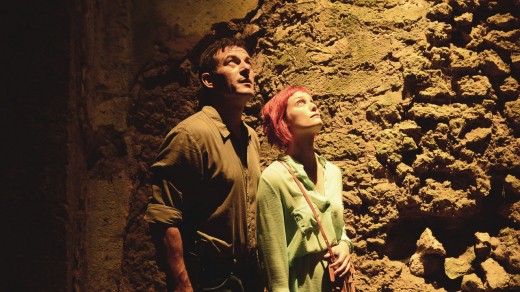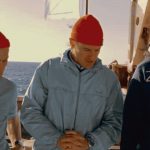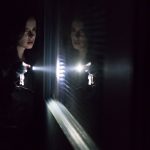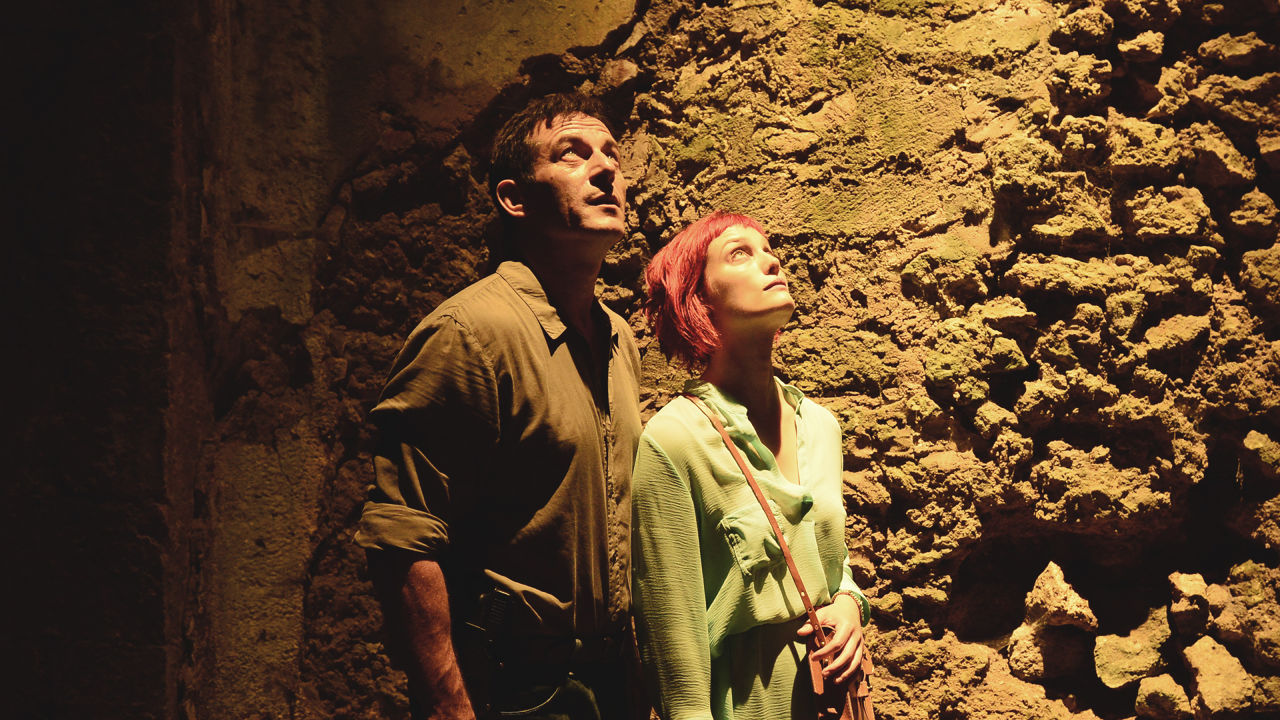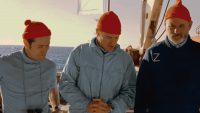Why The Creators of “Heroes” and “place of birth” Went Undercover Into Israel for his or her New exhibit
Tim Kring and Gideon Raff flirted with threat to unearth the mysterious Dig. Pull up a chair because the apocalypse attracts nigh.
March 4, 2015
underneath the holiest metropolis on this planet lies a posh internet of homicide and conspiracies that would spell the tip of days.
FBI agent Peter Connelly (Jason Isaacs) is stationed in Jerusalem when his investigation into the murder of a young archeologist spins into uncovering an apocalyptic prophesy lots of years within the making.
united states community’s 10-episode conveyDig brings together Heroes and place of origin creators Tim Kring and Gideon Raff, respectively, for a breathless plunge into the dark waters of non secular fanaticism that has haunting echoes in the actual world of terrorist organizations committing brutal acts of violence and homicide in the title of a better energy.
Dig marks the primary time these tv titans have worked collectively, and the result is a formidable collaboration in efficient storytelling. Kring and Raff spoke with fast company about creating in constraints, the beauty and terror of taking pictures in Jerusalem, and why Dig might resonate strongly (for higher or worse) with audiences as of late.
How did you two come together for Dig?
GIDEON: We in fact got here together because we have the identical agent, Rick Rosen, and he and Gail Berman, who’s our executive producer, hooked us together. We were each engaged on different tasks at the time but we wrote this on spec and we fell in love with the speculation and the characters so we labored on it in every free moment we had after which it turned into our day job.
TIM: precisely. It morphed from the sideline mission to proper within the radar.
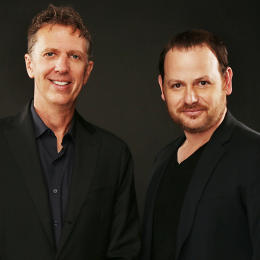
Had you two labored collectively earlier than?
TIM: No. I’ve labored with a lot of different writers on the shows that I work on. however frequently once I’ve created stuff, I created it by myself. In that recognize it was a novel undertaking.
GIDEON: I’m the same. I regularly create on my own totally. i do know the cliché that collaboration is great but on a regular basis collaboration sucks ass. however this was once precisely the other—it’s been any such pleasure.
How has working collectively been a joy?
TIM: Doing stuff via yourself is tricky—it’s pleasurable to have a partner. There’s so many millions of times at some stage in making one thing when you want you had somebody to gauge your reaction to things. as a result of each of us do work on our own and might proceed to work on our own, we didn’t load it up with “this thing has to work as a result of our entire careers are driving on it.” It had a fun high quality—it by no means felt like it used to be careworn with work.
GIDEON: i think it’s additionally as a result of Tim and i share sensibilities and we have now identical tastes and at the finish of the day we care more about the work than who gave the theory.
How did you land on this particular story?
GIDEON: I was born and raised in Jerusalem, and this thing was born on an extended flight where Avi Nir of Keshet Broadcasting told me he always wanted to make a show about archaeology. So I began researching that you can think of conspiracies and imaginable characters that will serve as a framework for a sequence. Then I met with Tim and we landed on the theory: nearly every American embassy on the earth has a felony connecté who is truly an FBI agent answerable for investigating crimes in opposition to and dedicated through american citizens on international soil. So we concept that’s a really perfect personality which may be a franchise. Then when we began discovering what’s hiding beneath Jerusalem, and we uncovered horrifying stuff that is taking place right now. people are trying to convey concerning the end of days and that’s what it was. The murder of one archaeologist after which Peter Connelly making an attempt to determine who killed her and in that he unveils a conspiracy 2,000 years in the making.
TIM: It additionally needs to be said that part of the impetus for doing this was to set a express in Israel and profit from that need there to carry the U.S. there, so we knew there was once going to be remarkable get admission to to areas and making it easy to shoot in a rustic that’s no longer always easy to shoot in.
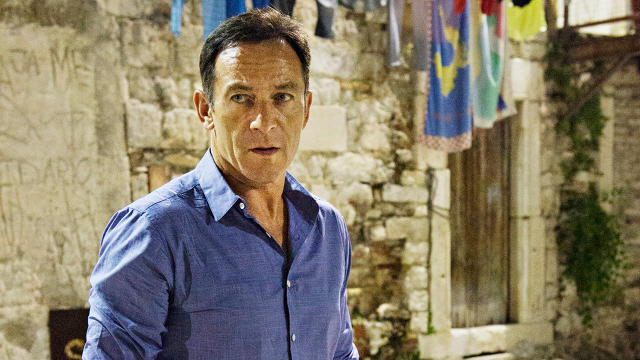
conversing of which, didn’t you run into filming issues all over the Gaza Strip war?
TIM: We bumped into the identical conflict that the entire us of a ran into. We wrapped production on the ninety-minute pilot and were in prep on the next two episodes when the war started. thankfully, we had the whole lot in the can for the initial episode.
GIDEON: The unrest began when we had been filming the pilot. It began with the kidnapping and homicide of three Jewish children. all over this entire factor we have been gauging how stable it was to stay there.
TIM: The mayor of Jerusalem used to be concerned every day.
GIDEON: every person needed us to finish the convey in Israel and it was once heartbreaking after we needed to go away [for New Mexico and Croatia] but in actual fact we stayed there as long as lets.
Jerusalem is a personality in itself in Dig—what was it like taking pictures there?
TIM: There are various locations on the planet that don’t evoke those kinds of feelings and feelings and visual stimulation that Jerusalem does. It’s phenomenal when you go there. It’s obtained a frenetic and chaotic quality to it in addition to being so steeped in historical past. There’s simply no strategy to exchange shooting on streets which are 3,000 years outdated. It used to be just surprisingly essential that we capture that energy.
GIDEON: And truthfully, Jerusalem dictated how we would shoot it as a result of it’s no longer a comfy position to shoot—you must put the camera in your shoulder and run in the back of the actor or in front of him since you’re in very slender, crowded streets or underground in very slim tunnels, which translates actually well to the digicam.
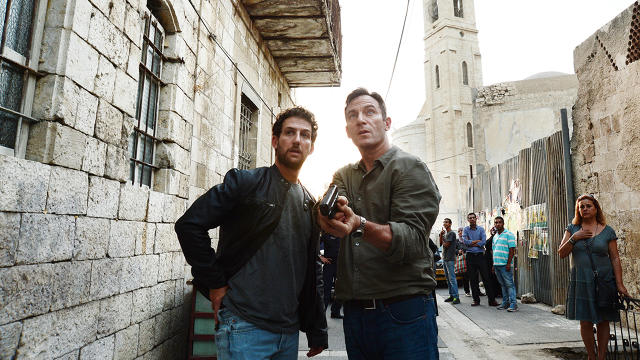
what kind of analysis did you have to do to make Dig authentic?
GIDEON: along with the two trips Tim and that i did to Jerusalem the place we went undercover into some of these firms, we went all the way down to areas that haven’t been considered ahead of that have just been unsealed and excavated. And we did quite a lot of studying about these groups and the connections between these teams and how these teams are funded and what they truly need and the messianic goals in every any such groups.
Wait, what do you imply you went “undercover”?
GIDEON: There are these companies which might be ideology primarily based, like about how “Jerusalem is just for the Jews” and whilst you go there you don’t say, “I’m doing analysis since you guys are going to be the villains in our story.” We simply went in with out revealing our intentions.
What are some of your key tenets for storytelling?
TIM: We tried to utilize a kind of storytelling I had explored on both Heroes and contact, which is the idea of a pastiche high quality to the way in which the tales are laid out and a sense of observing disparate tales that you’re now not fairly sure how they’re going to attach. a part of the enjoyable is the participatory nature of observing them to wager and try to determine how and when they’re going to attach.
GIDEON: also, the theory of capturing it within the vicinity in an extraordinarily gritty way—it’s guerrilla-stye filmmaking. It’s a bunch of us running within the rain with umbrellas and a camera and actors altering clothes on the street. Even that gave it a definite kind of power that we brought from our different initiatives as well.
TIM: And eventually i’d say that both Gideon and that i shared a standard model of storytelling that i will most effective describe as aggressive, meaning that you just push story possibly a bit of sooner than a lot of people would. This gets us into the speculation of handiest doing 10 episodes, which was truly useful as a result of with a lot of displays you probably have an extended broadcast community order of 22 episodes or you’re going to check out to stretch it out over a couple of seasons, you generally tend to work in these long stalls to steer clear of attending to more than a few plot factors. but after we only had 10 episodes to work with, it allowed us to write towards an ending. And it meant that each episode might be chock-full of story.

so that you found a way of freedom within the constraints?
TIM: I for my part beloved it. I felt very liberated from the normal parameters the place you’re trying to preserve one thing going for a long time—that can be very stressful. There’s something freeing in figuring out that is mid-level of our story, this is three-quarters of the best way through, and here’s the end of our story. We had been ready to interrupt that out pretty easily as a result of it.
GIDEON: And i believe even for the target audience, the idea of understanding there are only 10 episodes provides them the confidence that the writers comprehend where they’re going.
TIM: one of the accusations all the time with serialized storytelling from the target market is “the writers don’t know where the story goes.” Having been excited by an extended serialized exhibit i can attest to the fact that that’s often proper—you will have plot points you’re writing toward however that you can meander relatively a bit while you don’t have the self-discipline of knowing while you’re ending it.
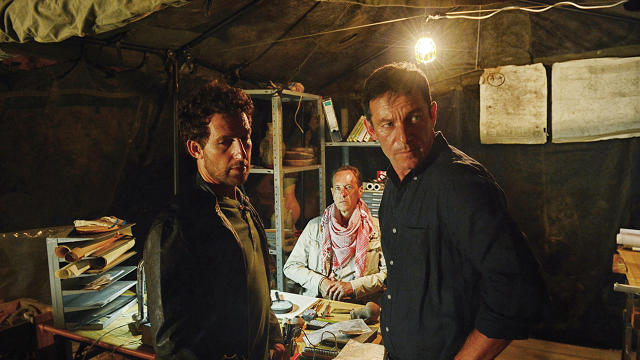
What sensibilities of lately’s target market do you take into account when growing a new convey?
GIDEON: all and sundry is binge-viewing, all and sundry is DVRing so it permits you to inform a narrative in an awfully sophisticated method, a very novelistic manner. You don’t need to repeat, you don’t have to have a lot exposition from week to week because individuals are going to look at this like they learn a e book.
TIM: In broadcast network tv a statistic the executives would always remind you of is that probably the most loyal viewer would most effective watch one out of three episodes. On the convey we might say, that may’t be genuine! They love us—they’re staring at each single episode. after which sure enough they’d show the statistic they usually had been proper. because of that, you were asked repeatedly by using the network to repeat yourself every week to remind individuals, simply in case any person ignored two episodes. And it made for a kind of frustration in storytelling since you continuously have been having to dumb things down. and i do consider that has been one of the vital sure with the aid of-products of the entire binge-watching phenomenon.
where do you go for creative inspiration?
GIDEON: The thrilling part, the curler coaster, the homicide mystery, we cherish to do that, we’re storytellers. then you definately open the paper and the world is changing into scarier and scarier. daily people are shedding their lives on account of their beliefs. the sector is changing into so frightening on account of this fanaticism and i feel that’s one thing we were impressed to comment on.
Dig premieres March 5 at 10/9 C on america
(112)

